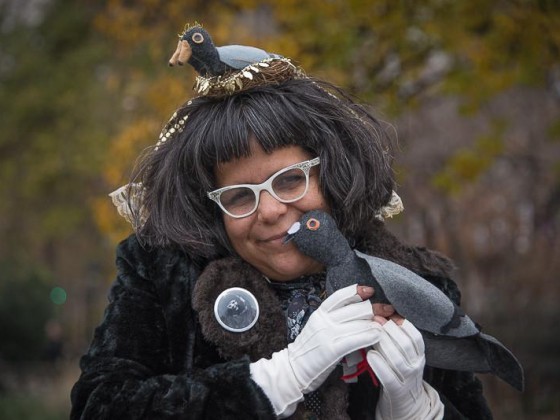1. Mother Pigeon, New York City
Photo credit: motherpigeon.com. More photos: @motherpigeonTina Trachtenburg has long been an artist and a performer (too bad for you if in the first decade of the aughts you missed her familial collaboration, anti-folk band the Trachtenburg Family Slideshow Players), but her newest artistic endeavor goes deeper than presentation. Mother Pigeon is an animal advocate who creates soft pigeon and rat sculptures and then sets up “flash flocks” on the streets and in parks of New York City. Passerby may first be alarmed at the swarm of usually reviled creatures, but that’s exactly the point: sometimes a city’s best resource is what’s usually discarded.


